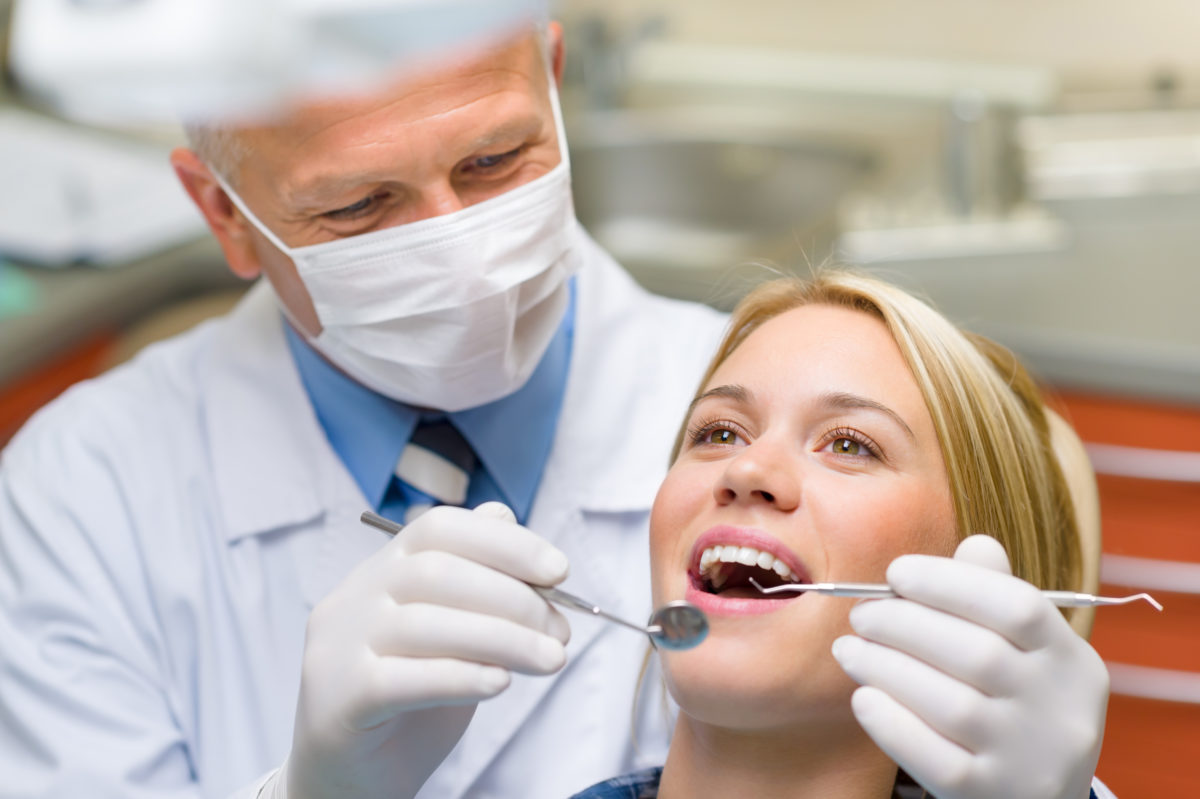Facts About Legacy Orthodontics Uncovered
Facts About Legacy Orthodontics Uncovered
Blog Article
3 Simple Techniques For Legacy Orthodontics
Table of ContentsSome Ideas on Legacy Orthodontics You Need To KnowSome Known Incorrect Statements About Legacy Orthodontics Not known Details About Legacy Orthodontics An Unbiased View of Legacy OrthodonticsLegacy Orthodontics Fundamentals Explained
In enhancement, we offer adjustable treatment timetables, versatile repayment options and a fun, enjoyable experience.An orthodontist is a dental professional educated to diagnose, stop, and treat teeth and jaw irregularities. Orthodontists function with people of all ages, from youngsters to adults.
Malocclusion, or misaligned teeth, can bring about oral problems, consisting of dental cavity, gum condition, and tough or agonizing chewing. Not every person is birthed with straight teeth. If you have a poor bite or huge rooms in between your teeth, you might intend to consult a dental practitioner concentrating on orthodontic treatment.
The Buzz on Legacy Orthodontics
( Image Credit: DigitalVision/Getty Images) Orthodontists use repaired and detachable oral devices, like dental braces, retainers, and bands, to alter the setting of teeth in your mouth. Orthodontic treatment is for dental problems, including: Uneven teethBite problems, like an overbite or an underbiteCrowded teeth or teeth that are as well much apartJaw misalignmentThe objective of orthodontic treatment is to improve your bite.
While you may think of orthodontists as mainly for children or teens that require dental braces, they can deal with oral problems at any kind of age. Orthodontists go to college, oral school, and orthodontic institution.
All orthodontists are dentists, but not all dental experts are orthodontists. Orthodontic residency programs offer extensive, focused direction for dental specialists. They focus on 2 areas: Just how to appropriately and safely relocate teeth Just how to correctly assist development in the teeth, jaw, and faceOnce an orthodontist has actually completed training, they have the option to become board licensed.
The smart Trick of Legacy Orthodontics That Nobody is Discussing
Imbalance, or malocclusion, is the most typical factor individuals see an orthodontist. It is genetic and is the outcome of size distinctions in between the upper and reduced jaw or in between the jaw and teeth. Malocclusion results in tooth congestion, a misshapen jaw, or irregular bite patterns. Malocclusion is normally treated with: Your orthodontist attaches steel, ceramic, or plastic square bonds to your teeth.
If you have just minor malocclusion, you might have the ability to make use of clear dental braces, called aligners, as opposed to traditional braces (https://www.avitop.com/cs/members/legacyortho.aspx). Some people need a headwear to help relocate teeth into line with pressure from outside the mouth. After dental braces or aligners, you'll require to wear a retainer. A retainer is a personalized device that keeps your teeth in place.
They're usually made use of on youngsters. They can create additional area in the mouth without having to draw teeth. If you have a significant underbite or overbite, you could require orthognathic surgery (also called orthodontic surgical treatment) to lengthen or shorten your jaw. Orthodontists utilize cables, medical screws, or plates to support your jaw bone.
You might need to see an orthodontist if you have: Crowding or not adequate space for every one of your teethOverbite, when your upper teeth come by your bottom teethUnderbite, when your base teeth are also far forwardSpacing or concerns with gapsCrossbite, which is when your upper teeth fit behind your bottom teeth when your mouth is closedOpen bite or a vertical void in between your front base and top teethMisplaced midline, when the facility of your bottom and upper teeth don't line up Dealing with a dental malocclusion can: Make attacking, chewing, and speaking easierImprove the symmetry of our face and your total appearanceEase pain from temporomandibular joint problemsDifferent your teeth and make them easier to clean, aiding protect against dental cavity or tooth cavities It's usually a dentist who initially notifications misaligned teeth during a regular exam.
Legacy Orthodontics Fundamentals Explained

Throughout your very first orthodontic examination, you'll likely have: An oral examPhotos taken of your face and smileDental X-raysPanoramic (360 degree) X-rays of your face and headImpressions to develop molds of your teethThese tests will certainly assist your orthodontist recognize just how to wage your therapy. leesburg orthodontics. An orthodontist is a dental practitioner who's go now had training to treat your teeth and jaw
Orthodontists might execute surgical procedure, exams,X-rays,and more to assist you acquire an extra comfortable, much healthier smile. An orthodontist is concentrated on your bite, so something like a broken tooth would be taken care of by a dental expert. Orthodontists are dental practitioners yet not all dental professionals are orthodontists. Orthodontists are concentrated on your bite, or the way your teeth meshed, and the straightness of your teeth.
Ever before wondered exactly how stars always appear to have perfectly aligned teeth? Orthodontists are dental experts who concentrate on correcting abnormalities in the teeth and jaws.
Legacy Orthodontics Things To Know Before You Buy

, orthodontists have a varied toolkit at their disposal. These reliable braces make use of a system of braces bound to the teeth and linked by cables.
Clear aligners, like Invisalign, are a preferred option for people looking for an extra discreet treatment alternative. These removable trays are personalized to progressively change the teeth's position. Headwear might be utilized combined with dental braces or aligners to use added targeted pressures, especially for fixing jaw discrepancies. In instances of slim jaws, palatal expanders can be made use of to create room for appropriate tooth positioning.
Report this page